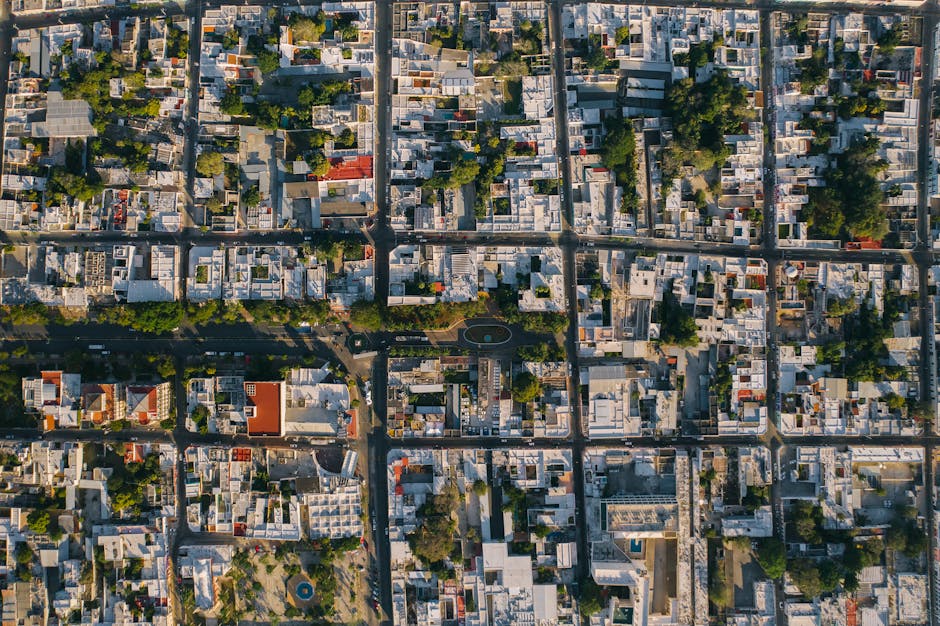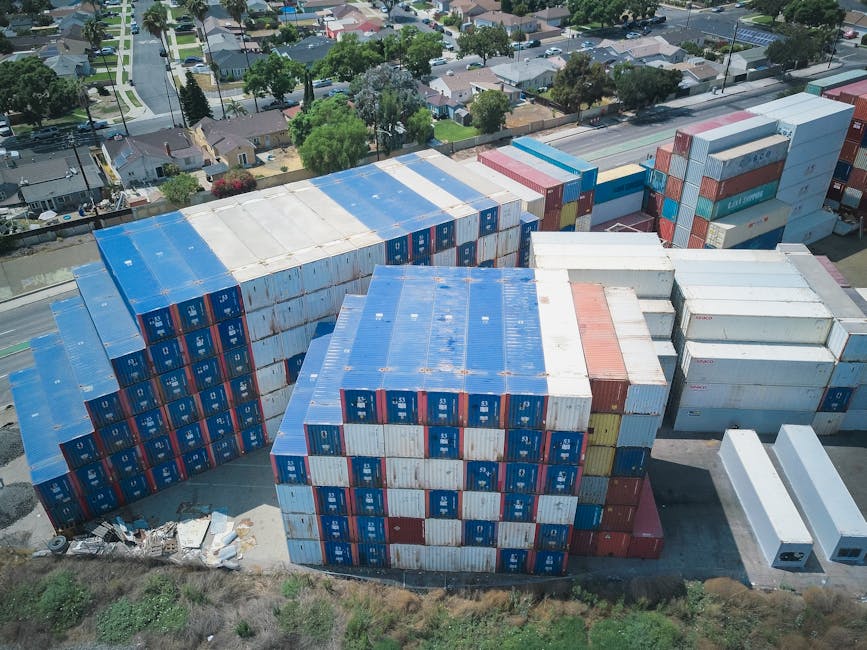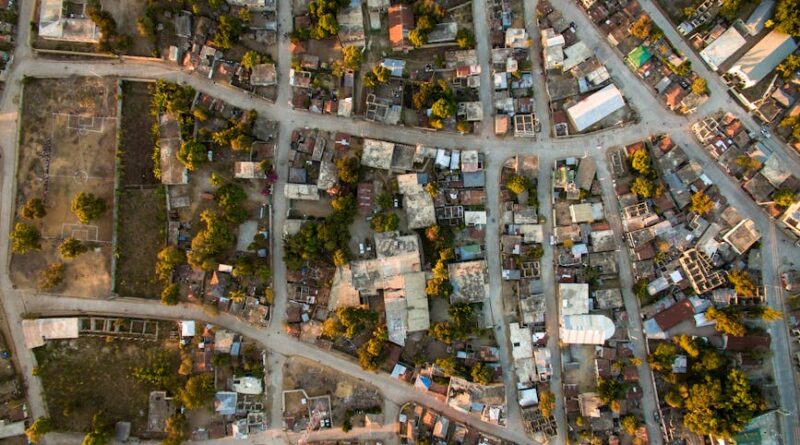Strengthening Neighborhood Networks: Building Stronger Communities Together
Neighborhoods are the building blocks of society, the place where we live, work, and connect with others. A strong neighborhood network can enhance the quality of life for residents, promote safety, and foster a sense of community. But how can we strengthen these networks to create more resilient and vibrant neighborhoods? In this article, we will explore the various strategies, tools, and approaches that can help improve neighborhood connections and build stronger communities. From community engagement to digital platforms, let’s dive deep into the world of neighborhood networks.
The Power of Community Engagement

One of the most effective ways to strengthen neighborhood networks is through community engagement. When residents are actively involved in decision-making processes and local initiatives, they feel a sense of ownership and connection to their neighborhood. This can lead to increased social cohesion, improved problem-solving capabilities, and a more resilient community. Community engagement can take many forms, from town hall meetings and neighborhood clean-up days to online forums and social media groups.
For example, in the city of Portland, Oregon, residents have come together to form neighborhood associations that work closely with local government to address issues such as traffic congestion, crime prevention, and urban development. These associations provide a platform for residents to voice their concerns, share ideas, and collaborate on solutions. By actively engaging with their communities, residents in Portland have been able to strengthen their neighborhood networks and create a more connected and inclusive environment.
Leveraging Technology for Community Building

In today’s digital age, technology plays a crucial role in connecting people and building communities. Digital platforms such as Nextdoor, a neighborhood social networking app, have revolutionized the way neighbors communicate and interact with each other. By creating a virtual space where residents can share information, organize events, and connect with local businesses, Nextdoor has helped strengthen neighborhood networks across the country.
Another example of technology-driven community building is the use of online platforms for neighborhood watch programs. These programs allow residents to report suspicious activity, share security tips, and coordinate with law enforcement to keep their neighborhoods safe. By leveraging technology, residents can stay connected and informed, leading to a stronger sense of community and improved safety.
The Role of Local Institutions in Neighborhood Networks

Local institutions, such as schools, libraries, and community centers, play a vital role in strengthening neighborhood networks. These institutions serve as hubs for social interaction, learning, and cultural exchange, bringing residents together in a shared space. By hosting events, workshops, and programs that cater to the needs and interests of the community, local institutions can help foster connections and build trust among neighbors.
For example, the public library in a neighborhood can serve as a gathering place for residents of all ages. By offering book clubs, children’s programs, and adult education classes, the library provides opportunities for neighbors to come together, learn from each other, and engage in meaningful conversations. Similarly, schools can host community events, parent-teacher meetings, and extracurricular activities that bring families and neighbors closer.
Strengthening Neighborhood Networks Through Placemaking

Placemaking is a community-driven approach to shaping public spaces in a way that reflects the needs and desires of the people who use them. By involving residents in the design, development, and maintenance of public spaces, placemaking can help create vibrant and inclusive neighborhoods. From community gardens and public art installations to pop-up markets and outdoor concerts, placemaking projects can transform underutilized spaces into thriving hubs of activity.
One successful example of placemaking is the High Line in New York City, a formerly abandoned elevated railway that was transformed into a public park. By involving local residents, artists, and community organizations in the planning and design process, the High Line has become a beloved gathering place for people of all ages. With greenery, art installations, and stunning views of the city, the High Line showcases the power of placemaking in strengthening neighborhood networks.
Building Trust and Social Capital in Neighborhood Networks
Trust and social capital are essential components of strong neighborhood networks. When residents trust each other, feel connected, and are willing to help one another, they are more likely to collaborate, share resources, and work together towards common goals. Building trust and social capital can be challenging, especially in diverse communities with varying backgrounds and perspectives. However, by fostering open communication, promoting inclusivity, and encouraging collaboration, neighborhoods can cultivate a sense of belonging and mutual support.
One way to build trust and social capital is through neighborly acts of kindness and reciprocity. Simple gestures such as helping a neighbor with groceries, checking in on elderly residents, or organizing a community potluck can go a long way in creating bonds and fostering goodwill. By building relationships based on trust and respect, neighborhoods can strengthen their social fabric and create a more cohesive community.
Addressing Challenges and Barriers to Neighborhood Networks
While there are numerous benefits to strengthening neighborhood networks, there are also challenges and barriers that can impede the process. One common challenge is social isolation, particularly among vulnerable populations such as seniors, immigrants, and low-income families. These groups may face barriers to participation in community activities, lack access to resources, or experience language and cultural differences that hinder their ability to connect with their neighbors.
To address these challenges, neighborhoods can implement targeted initiatives that focus on inclusion, accessibility, and diversity. For example, neighborhood associations can partner with local organizations to provide language classes, transportation services, and cultural events that cater to diverse populations. By ensuring that all residents have the opportunity to participate and contribute, neighborhoods can overcome barriers and create a more inclusive and welcoming environment.
The Future of Neighborhood Networks: Trends and Innovations
As we look towards the future, there are several trends and innovations that are shaping the landscape of neighborhood networks. One emerging trend is the rise of co-living and shared housing arrangements, where residents live in close proximity and share common spaces and amenities. These arrangements promote social interaction, collaboration, and resource sharing, fostering a sense of community and connection among residents.
Another innovation in neighborhood networks is the use of data and technology to enhance community engagement and decision-making. By collecting and analyzing data on neighborhood trends, preferences, and needs, local governments and organizations can tailor their programs and services to better serve residents. From smart city initiatives to data-driven community development projects, the future of neighborhood networks is becoming increasingly digital and data-driven.
Conclusion
In conclusion, strengthening neighborhood networks is essential for building stronger communities, promoting social cohesion, and enhancing the quality of life for residents. By actively engaging with their communities, leveraging technology, nurturing trust and social capital, and addressing challenges to inclusion, neighborhoods can create vibrant, resilient, and inclusive environments. Through placemaking, community building initiatives, and innovative approaches, neighborhoods can strengthen their social fabric and create a sense of belonging for all residents. As we look towards the future, the trends and innovations shaping neighborhood networks offer exciting opportunities for residents to connect, collaborate, and build stronger communities together.
To wrap things up, let’s remember that the power of neighborhood networks lies in the hands of residents who care about their communities and are willing to work together towards a common goal. By fostering connections, building trust, and embracing diversity, neighborhoods can create a more inclusive, resilient, and vibrant environment for all who call it home.




